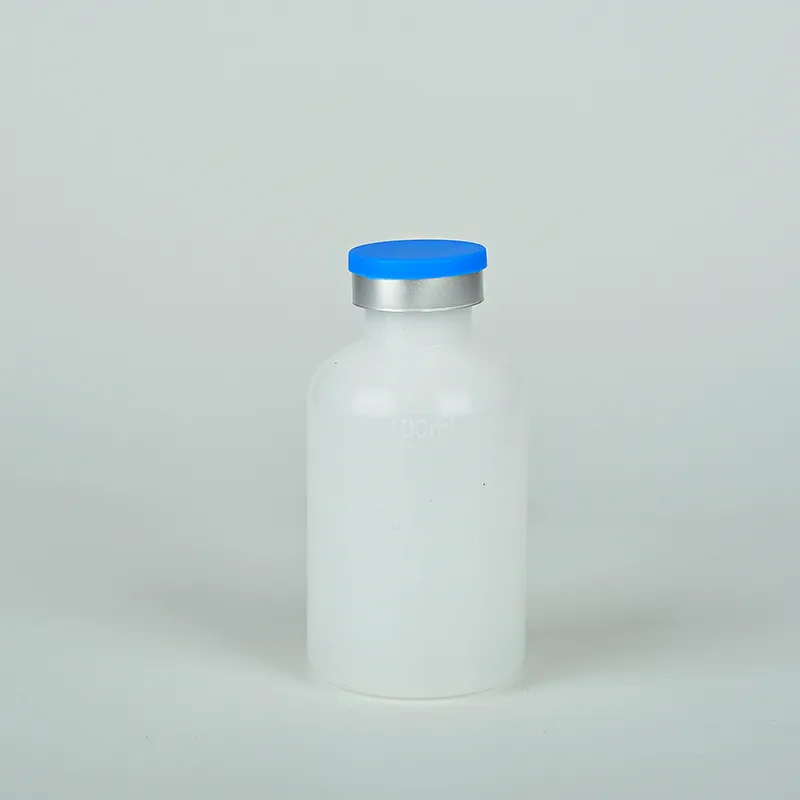serum clot tube
Understanding Serum Clot Tubes Their Importance in Clinical Practice
Serum clot tubes, commonly referred to as serum separator tubes (SST), are vital tools within the realm of clinical diagnostics. Used extensively in laboratories, these tubes allow for the collection and preparation of serum, a critical component for numerous biochemical tests. Understanding their purpose, composition, and handling protocols is essential for healthcare professionals and lab technicians to ensure accurate test results and enhance patient care.
Composition and Functionality
Serum clot tubes are typically made of plastic or glass and feature a gel separator that stands between the serum and the clot after centrifugation. The tubes are filled with a clotting activator, which speeds up the clotting process, allowing the serum to separate from the cellular components. This is crucial because many blood tests require serum rather than whole blood for accurate results.
The gel separator in these tubes serves a dual purpose. It not only prevents contamination of the serum by the cellular components but also facilitates the subsequent transportation and handling of the serum. When the tubes are centrifuged, the gel rises to form a barrier between the serum and the cell layer below, allowing for easy and efficient serum retrieval.
Importance in Laboratory Diagnostics
The primary role of serum clot tubes lies in laboratory diagnostics. They are widely used for a variety of tests, including biochemical panels, hormonal assays, and serological tests. The serum obtained from clot tubes is analyzed for numerous biomarkers that can indicate the presence of diseases, nutritional deficiencies, and even metabolic disturbances.
For instance, a comprehensive metabolic panel (CMP) evaluates glucose levels, electrolyte and fluid balance, kidney function, and liver enzymes. The accurate assessment of these parameters is fundamental to diagnosing conditions such as diabetes, renal diseases, liver disorders, and more. Therefore, the integrity of the serum collected in clot tubes directly impacts the accuracy of these tests.
serum clot tube

Handling and Storage Protocols
Proper handling and storage of serum clot tubes are critical to maintaining the integrity of the sample
. Upon collection, the tube should be gently inverted several times to ensure complete mixing of blood with the clot activator. It is essential to avoid vigorous shaking, which can cause hemolysis—a condition where red blood cells break down, leading to inaccurate results.Once collection is complete, the tubes should be placed in a centrifuge and spun at the recommended speed and duration. This process typically takes about 10 to 15 minutes, after which the serum should be promptly separated from the cellular components. If the serum is not analyzed immediately, it should be stored at the appropriate temperature, usually between 2°C to 8°C to prevent degradation of analytes.
Extended storage at room temperature or freezing without proper protocols can adversely affect the serum's composition and lead to erroneous test results. It is therefore imperative to adhere strictly to the recommended storage and handling guidelines to ensure that the serum remains viable for analysis.
Conclusion
In conclusion, serum clot tubes play a pivotal role in modern diagnostic practices. Their design and functionality facilitate the efficient collection and separation of serum, which is crucial for a wide range of laboratory tests. Understanding the proper handling, storage, and processing protocols associated with these tubes ensures that healthcare professionals can provide reliable and accurate diagnostic information, ultimately improving patient outcomes.
As we continue to advance in medical technology and laboratory techniques, the importance of utilizing proper sample collection methods, such as serum clot tubes, cannot be overstated. They not only simplify the diagnostic process but are also cornerstone components that bridge the gap between patient care and laboratory results, underpinning the very foundations of effective medical practice.
-
Aesthetic Makeup Spray Bottles | Fine Mist Empty RefillableNewsAug.19,2025
-
White Plastic Veterinary Vaccine Vials | Lab Liquid BottlesNewsAug.18,2025
-
Plastic Medicine Liquid Bottle: Secure Flip Top Drug VialsNewsAug.17,2025
-
Durable 250ml Blue Plastic Vaccine Vial for Lab & Vet UseNewsAug.16,2025
-
Sterile Virus Sample Tubes: Secure & Reliable Specimen CollectionNewsAug.15,2025
-
White 250ml Plastic Vaccine Vial for Lab & Vet MedicineNewsAug.14,2025
























